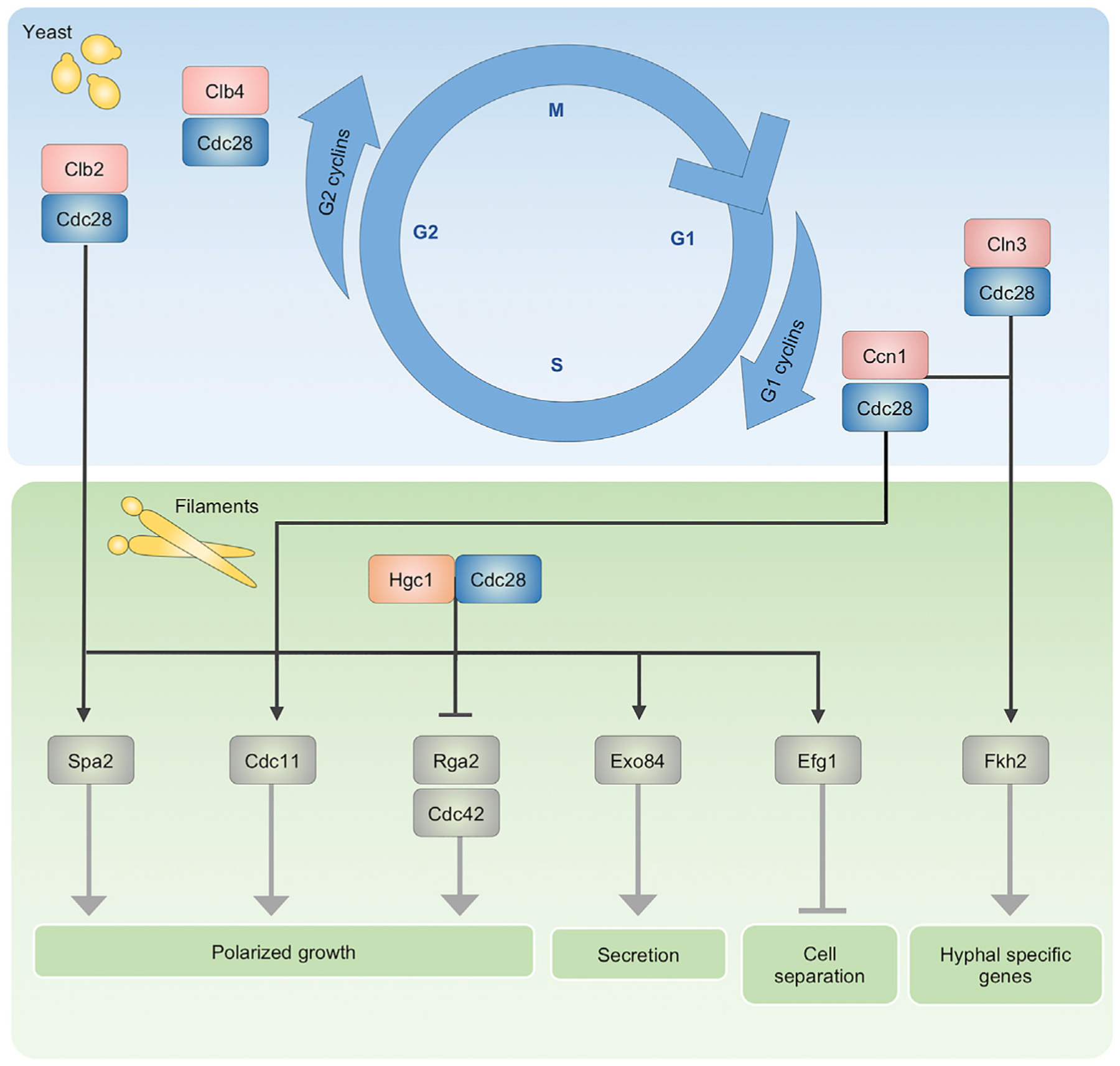Figure 1. Cyclin-dependent kinase (CDK) complexes control cell-cycle progression and play many critical roles during morphogenesis.

CDK Cdc28 drives the cell cycle and maintains yeast-phase growth through its association with phase-specific cyclins with opposing activities. During early stages of the cell cycle, Cdc28 associates with the G1 cyclins Ccn1 and Cln3; as the cell cycle progresses, these are replaced by the G2 cyclins Clb2 and Clb4. The temporal binding of Cdc28 with these cyclins depends on their coordinated synthesis and degradation. Upon hyphal induction, the hyphal-specific G1 cyclin Hgc1 is expressed and associates with Cdc28 to target various cellular processes that promote morphogenesis, independently or in concert with other CDK complexes. Phosphorylation of the polarisome component Spa2 by Clb2-Cdc28 and Hgc1-Cdc28, the septin Cdc11 by Ccn1-Cdc28 and Hgc1-Cdc28, and the GTPase-activating protein Rga2 by Hgc1-Cdc28 promotes hyphal growth. Phosphorylation of the exocyst subunit Exo84 by Hgc1-Cdc28 regulates polarized secretion at the hyphal tip. The G1 CDK complexes, Ccn1-Cdc28 and Cln3-Cdc28, work together to phosphorylate the transcription factor Fkh2 to enhance expression of hyphal-specific genes.
